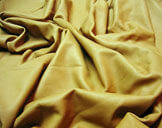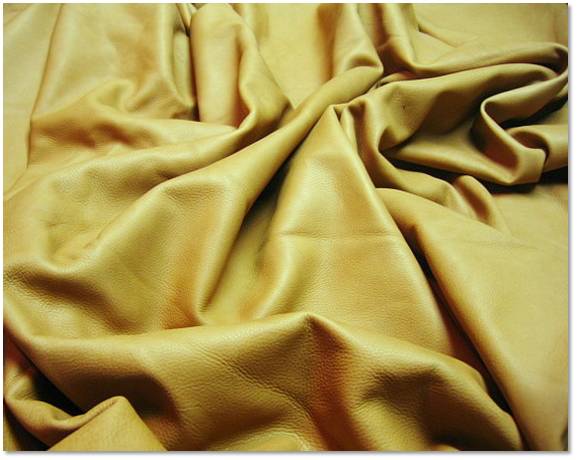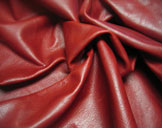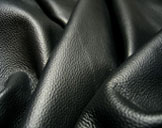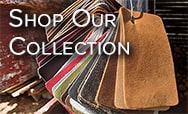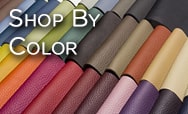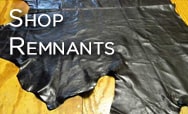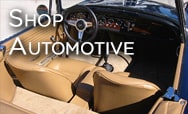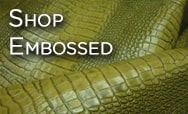Full aniline leather hides are colored using non-toxic aniline dyes, but are not treated with a protective topcoat. Because of this it will quickly absorb natural oils and develop a rich patina. Aniline dyes are transparent so natural markings in the cow hide such as healed scars, finished scratches, insect bites and brands will easily visible. As a result, only the highest quality full grain leather hides with limited natural markings can be finished as full aniline. Full Aniline is also referred to as “naked leather." Full aniline hides treated with only a light topcoat or wax are referred to as "protected aniline leather."
